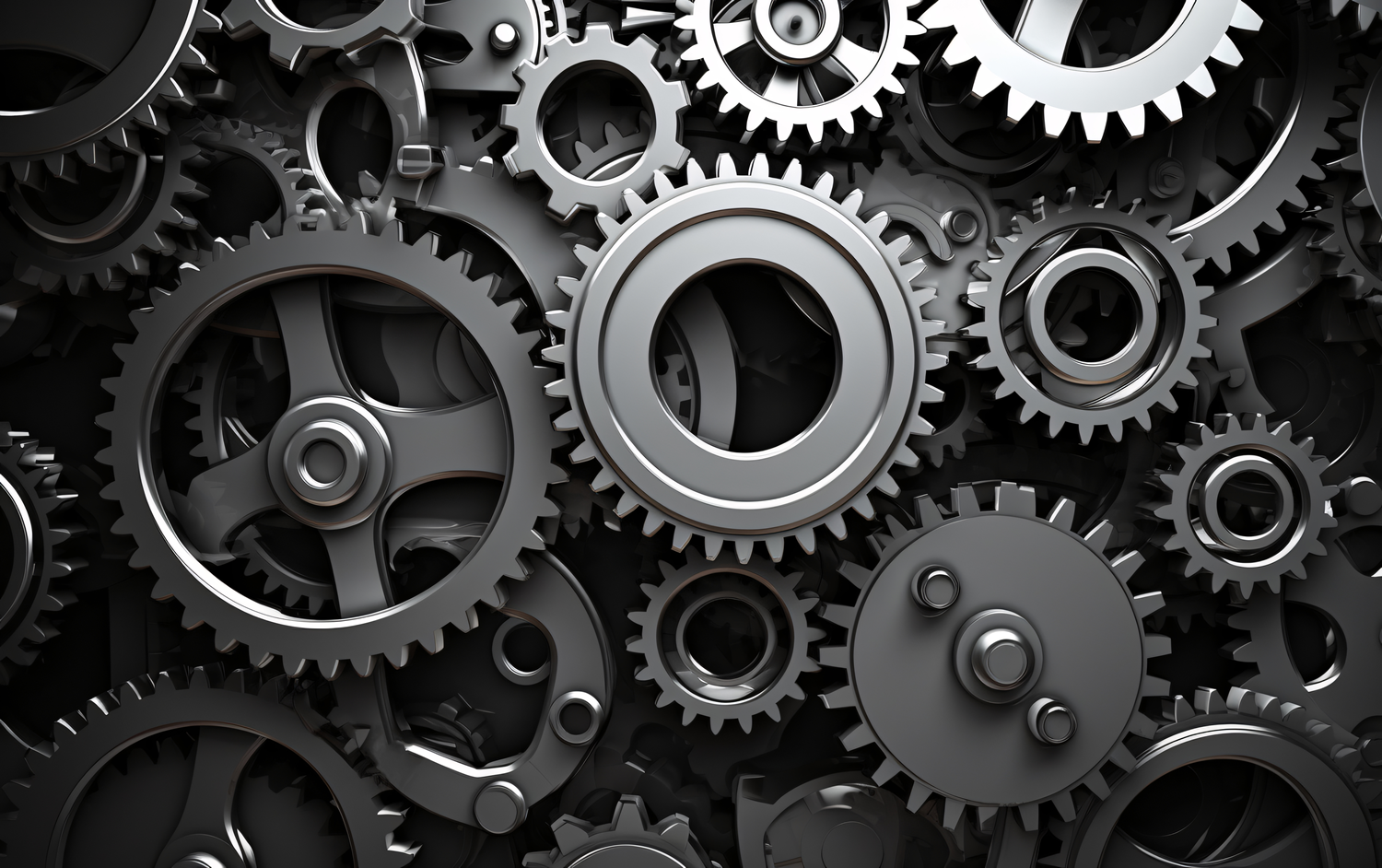Mechanical engineering has always been about creating the physical world designing machines, engines, tools, and systems that propel modern life forward. However, in the recent decade, a new player has joined the industry, redefining how mechanical engineers from the top private college for mechanical engineering in jaipur work, think and innovate: the Internet of Things (IoT).
Mechanical engineering students must comprehend and embrace this shift. The Internet of Things is no longer simply a term but it is a vital component of the future of engineering. But what exactly is IoT and how is it transforming the field of mechanical engineering? Let us break it down.
What is IoT in Simple Terms?
The Internet of Things (IoT) is a network of physical devices connected to the internet that can gather, exchange, and act on data. Examples include sensors, machines, and common things. Consider smart thermostats in your house, fitness monitors for your wrist or even self-driving automobiles. All of these gadgets can connect in real time owing to IoT.
In mechanical engineering, this means that machines and systems may now send and receive data, resulting in more intelligent, efficient and responsive systems.
Key Areas Where IoT is Making an Impact in Mechanical Engineering
1. Predictive Maintenance
Predictive maintenance is one of the most practical applications of the Internet of Things in mechanical engineering. Traditionally machinery was serviced on a regular basis or when they broke down. This resulted in excessive downtime, exorbitant maintenance costs and reduced production.
Engineers may now monitor characteristics like temperature, vibration and pressure in real time using IoT sensors. These sensors gather and analyse data to forecast when a component may break. Maintenance might be planned prior to a breakdown.
Example: In manufacturing plants IoT sensors in CNC machines can alert technicians when spindle vibrations indicate tool wear and prevent costly breakdowns.
2. Smart Manufacturing
Welcome to the era of Industry 4.0, when IoT-enabled smart factories automate and optimise processes. Machines in these settings are linked together and communicate all the time.
These days, mechanical engineers utilize real time data to manage material flow, optimize energy consumption, monitor equipment condition and automate quality control.
Example: Automotive companies like BMW use IoT enabled robots and conveyor systems that self adjust based on production needs and performance data.
3. Improved Product Design
IoT allows mechanical engineers to collect data from actual product usage in the real world. This feedback helps them design better, safer, and more efficient products.
For instance, if a manufacturer designs an HVAC system, IoT sensors installed in customers’ homes can provide data about energy consumption, performance and user behavior. This real-world feedback can guide design improvements in future versions.
Example: Smart refrigerators send usage data back to manufacturers which enables them to make design improvements based on user interaction patterns.
4. Energy Efficiency and Sustainability
The Internet of Things (IoT) is critical in the development of energy-efficient systems, which are becoming increasingly significant in mechanical engineering. Smart sensors monitor energy use and automatically modify devices to minimise waste.
Engineers may also leverage IoT data to create environmentally friendly solutions, such as optimising engine performance or minimising energy loss in HVAC systems.
Example: In green buildings, IoT-based HVAC systems adjust airflow and temperature based on occupancy and weather conditions that save energy and improve comfort.
5. Remote Monitoring and Control
Thanks to IoT, engineers no longer need to be physically present to monitor or control machinery. Remote access is now possible through cloud-connected sensors and control systems.
This is especially useful in industries like oil and gas where equipment is often located in remote or hazardous areas. Engineers can monitor and adjust equipment from anywhere using a smartphone or computer.
Example: Wind turbines in remote areas are monitored through IoT sensors that track wind speed, turbine efficiency and maintenance needs in real time.
New Skills Mechanical Engineers Need
As IoT becomes an integral part of mechanical systems the skillset of a mechanical engineer is also evolving. Here are a few key skills you might want to start developing:
- Data Analytics: Understanding how to interpret sensor data and use it for decision-making.
- Basic Programming: Knowing how to work with embedded systems and microcontrollers like Arduino or Raspberry Pi.
- Systems Integration: Understanding how mechanical, electrical, and software components interact in a smart system.
- Cybersecurity Basics: Ensuring IoT systems are secure and data is protected.
You don’t need to become a full-fledged programmer, but a working knowledge of these areas will make you more versatile and valuable in your career.
Challenges in IoT Implementation
Of course, integrating IoT in mechanical engineering isn’t without its challenges:
- Data Overload: Sorting useful information from noise can be tough with so much data being collected.
- Security Risks: More connectivity means more entry points for cyber-attacks.
- Integration Complexity: Making legacy systems compatible with new IoT tech can be complicated and costly.
But the benefits often outweigh these challenges and engineers who can overcome them are in high demand.
The Future is Connected
As IoT technology continues to evolve, the role of mechanical engineers will also expand. You’ll not only design machines but also the systems that control, monitor and optimize them in real time. IoT is transforming mechanical engineering from a purely physical domain into a data-driven, intelligent and interconnected field.
Whether you’re interested in working with smart factories, designing next-gen vehicles or building sustainable energy systems, understanding IoT will be essential.
Concluding Thoughts
Mechanical engineering has evolved beyond gears, engines, and drawings to include intelligence, connection, and smart solutions. The convergence of IoT and mechanical engineering is producing opportunities that we could not have predicted a decade ago.
So if you are now studying mechanical engineering from the best private college for engineering in jaipur, you are at the right place at the right moment. Embrace IoT, investigate its potential and be ready to be a part of the revolution.
The future is linked and mechanical engineers like you will help construct it.

